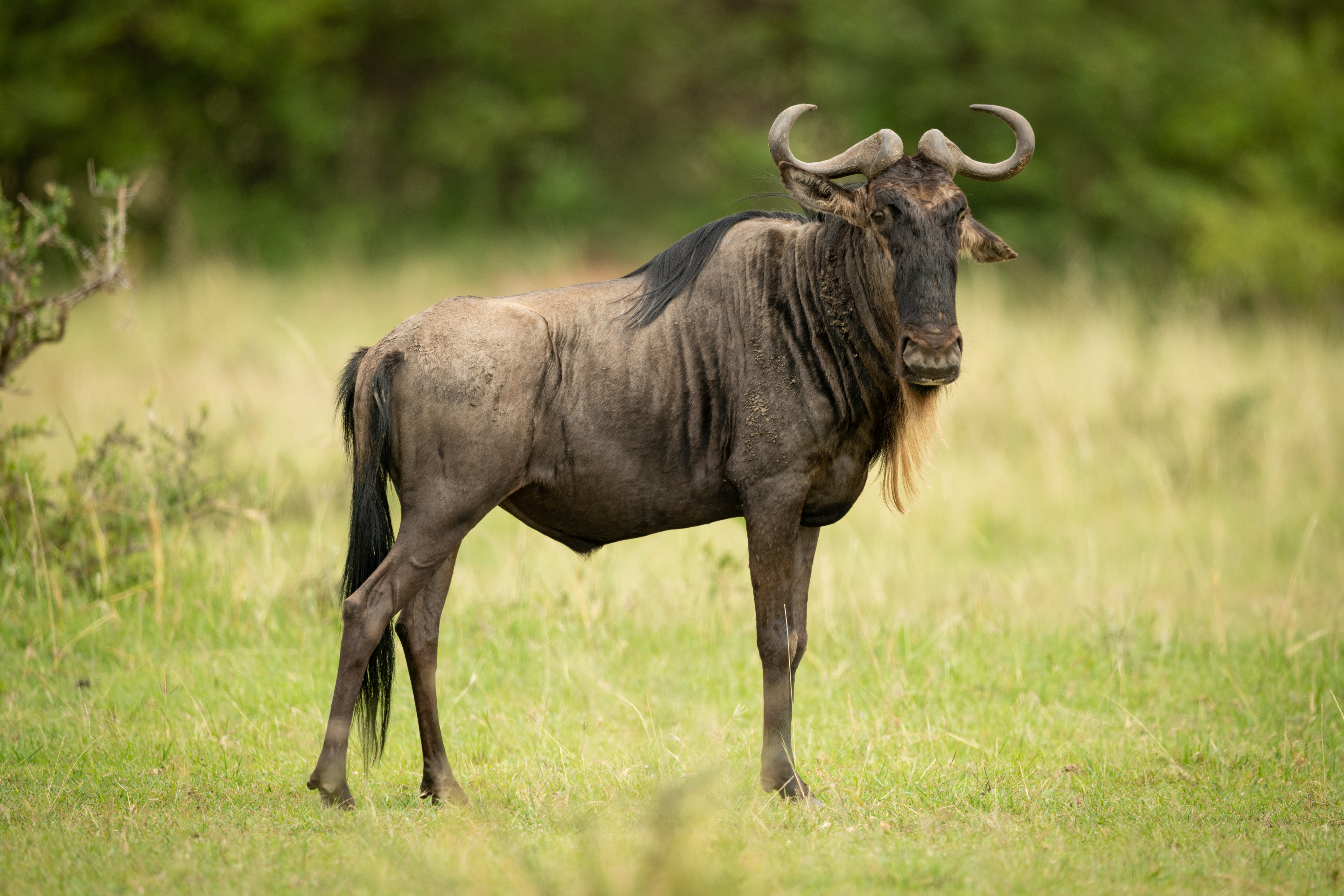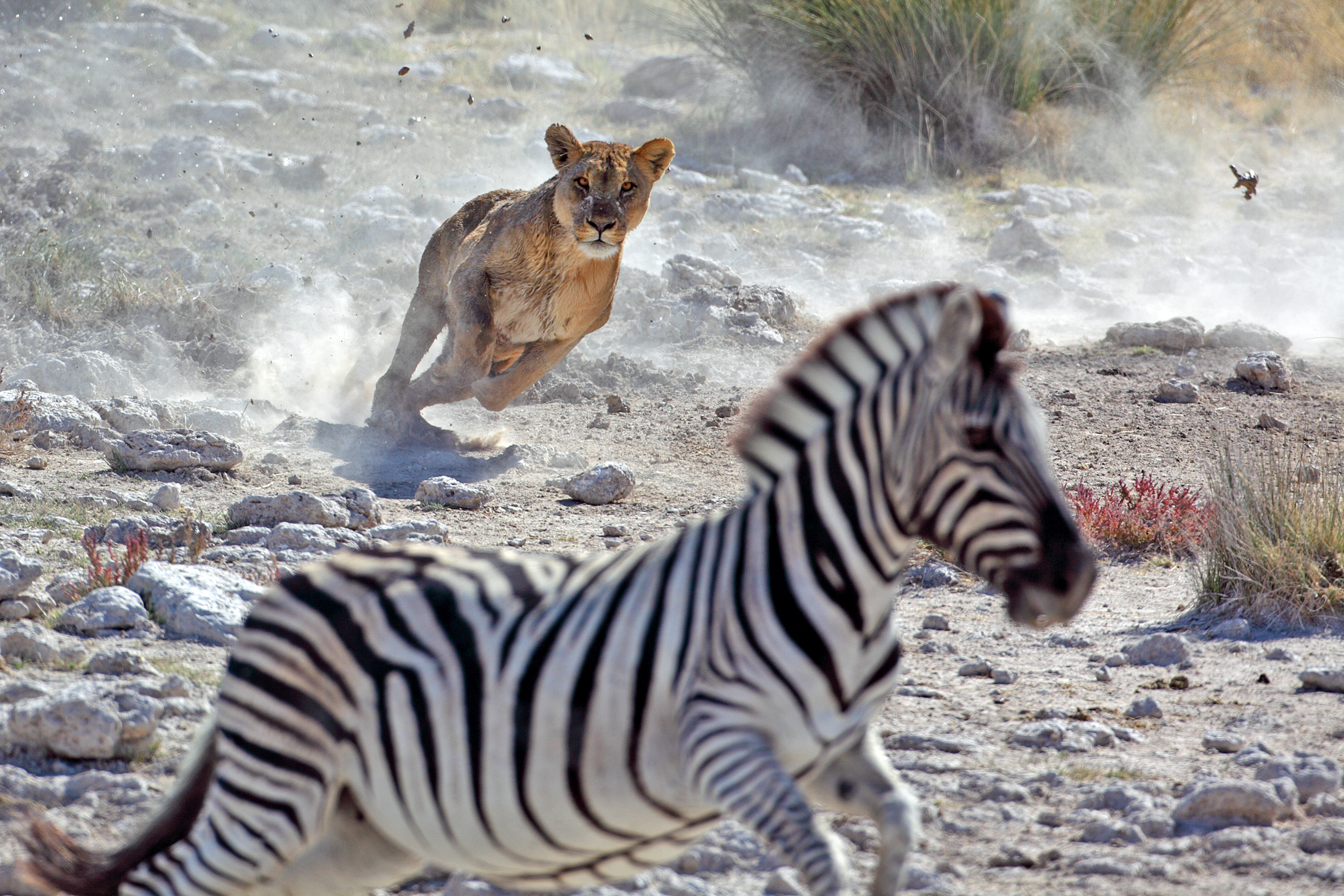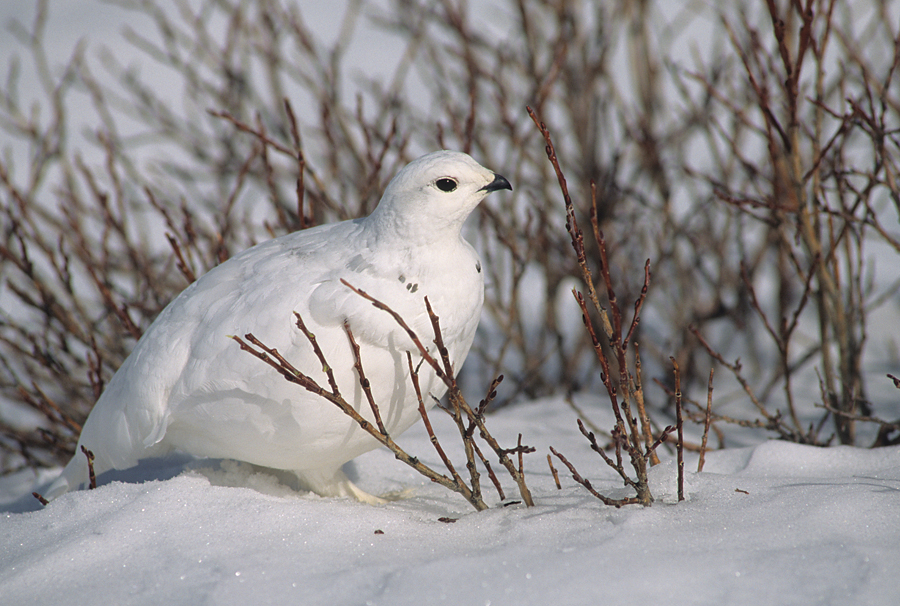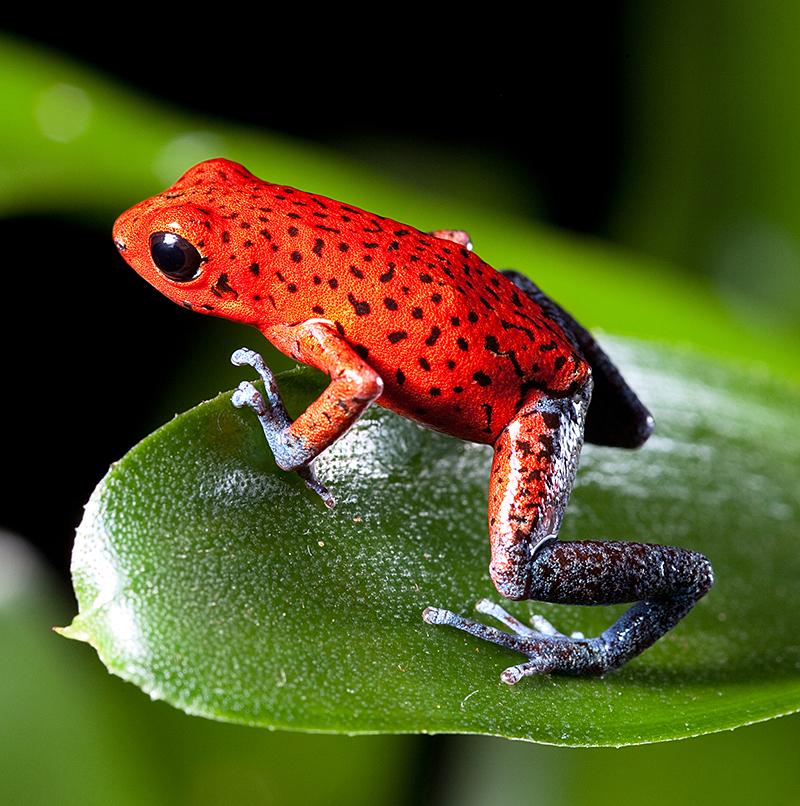Prey is an animal that is taken and eaten by another animal, called a predator. For example, lions hunt and eat antelopes , zebra , and other hoofed mammals. These animals are the lion’s prey. Small insects often serve as prey for spiders . Birds may serve as prey for cats.

An animal can be prey in some situations and predator in others. Jellyfish , for example, act as predators, preying on small animals floating in the oceans. But jellyfish may become prey for some turtles and fish. Virtually any animal can become prey. Even such predators as wolves and big cats can be preyed upon when they are young or sick.

A predator requires an ample supply of prey in order to flourish. For this reason, prey populations tend to greatly outnumber predator populations.
Adaptations.
Prey species often have special adaptations to protect against predators. Many prey species have eyes on the sides of their head. This adaptation gives them a wide field of view for spotting predators. Cryptic coloration , a form of camouflage, can help to hide prey species from predators. Speed is a common adaptation to escape predators. Living in large groups, such as herds or flocks, can also provide a measure of protection against predators.

Some prey species have such mechanical defenses as spikes, quills, or armored plates. Such mammals as armadillos and pangolins , for example, are covered in rigid plates. They may roll into an armored ball when threatened, thwarting predator attacks. Porcupines discourage predators with their sharp quills.

Chemical defenses include bad taste, odor, and toxins (poisons). Species with strong defenses may warn away predators with bright coloration. For example, the bright coloration of a poison dart frog signals predators to avoid this poisonous animal. Other prey species may mimic dangerous species to discourage predators.

Animals such as the pika or the young of many reptiles have few natural defenses. They spend much of their time hiding from predators.
In ecology and evolution.
The relationship between predator and prey is an important one in ecology. Predation (the taking of prey) can help to keep prey numbers in balance, preventing overpopulation. Overpopulation can lead to disease or starvation. By taking the weak and infirm, predators can improve the overall fitness of a prey population.
Interactions between predator and prey are also an important factor in natural selection . Natural selection is a process in nature by which the living things best suited to their environment are the ones most likely to leave offspring. Cheetahs , for example, developed their incredible speed through interactions with gazelles and other prey over time. The cheetah’s ancestors preyed on the ancestors of the gazelle, taking the slowest prey individuals most easily. Faster prey individuals survived to reproduce and pass their traits on to their young, contributing to the prey’s speed. As prey got faster, only the fastest predator individuals were able to catch prey effectively. These individuals passed on their traits to their offspring. Over time, the cheetah thus developed speed in tandem with its prey. Loading the player...
Cheetah chasing prey
